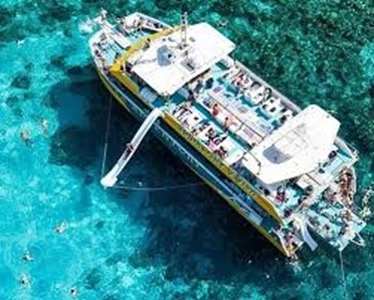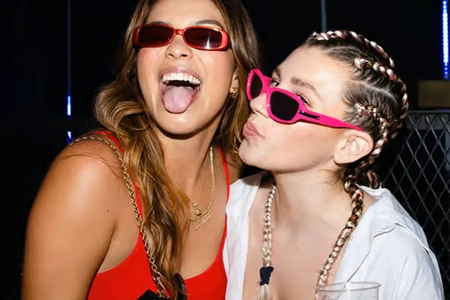Malta Old Railway
It was S.S. Tucker in 1870 who proposed building a railway between Mdina and Valletta, reducing the travel time between these two cities from 3 hours to 25 minutes.
Proposal for the construction of the patented "Fell mountain railway system" was scrapped and in 1879 the engineers of Wells-Owen & Elwes in London were engaged to design the track. It was planned that the track would be opened at the end of 1881.
Due to setbacks, the railway line was opened on 28 February 1883. The first train left, according to a newspaper report in "The Malta Standard", from Valletta at 3 p.m. and arrived at Notabile station in Mdina about 25 minutes later. The departure of the train from Valletta was accompanied by a ritual; whistling followed by the ringing of a hand bell.
In 1883 the timetable was 13 trains during the week from Notabile to Valletta station and 14 from Valletta to Notabile station. The first train left just after 5 in the morning and the last a few minutes after 7 in the evening. There were also a few shorter journeys between Valletta and Attard, Valletta Birkirkara and Valletta and Ħamrun. Depending on the station these trips took place 2 to 4 times a day. On Sundays and days with festivals, the timetable was increased by 40%.
There were 18 crossings, of which 14 were guarded by a person who bore the name "Catena". As the train approached, the Catena waved a white flag and the train had a free passage, and when it got dark, a lamp was used. There was a small guardhouse in front of the Catena on these crossings.
The trains had 3 classes, 1st, 2nd and 3rd class, the lighting of the wagons was with candlelight, in 1900 they switched to battery lighting.
The railway line had 9 stations, namely: Valletta, Floriana, Ħamrun, Msida, Birkirkara, San Antonio, Attard, San Salvadtore, Notabile and the distance was approx. 10 kilometres.
The equipment consisted of 10 locomotives, with the distinction consisting of 3 towing capacities. Around 1900 there were 34 carriages in use, with a distinction being made between 1st, 2nd and 3rd class carriages.
The train was well used, and the tickets were cheap, besides that there were differences in classes. There were also tickets for workers. Almost everyone travelled by train.
Unfortunately, financial resources were a problem. On April 1, 1890 the track was closed, and Malta Railway Company Ltd. was bankrupted.
After the government acquired the railroad, it was improved and reopened on January 25, 1892.
In 1895 plans were made to expand the railway line with a station at Mtarfa Kazerne in Mtarfa. With this extension the track was provided with a 10th station (Museum Mdina / Mtarfa) and got a length of 11.1 km. The extension was taken into use in 1900.
The journey from Mdina / Mtarfa to Valletta is downhill and took approx. 30 minutes and uphill approx. 35 minutes.
In 1903 a tram company was established for the Valletta route, the three cities, Żebbuġ and Ħamrun.
In addition, there was competition from the Maltese bus services.
Due to competition, the railroad had to close on 31 March 1931.
During the First World War the timetable did not apply, the trains were running constantly because more than 136,000 men were cared for at a safe distance from the front line on the "hospital" island of Malta. The first patients from the battlefield arrived in March 1915 after a week-long journey on a hospital ship. After many hospital ships were sunk by German submarines, it was decided in April 1917 that the trip to Malta was too dangerous and the facility was taken over by Greece. In January 1916, Malta had 27 hospitals, 25,000 hospital beds, 334 medically trained people, 913 nurses and 2,032 medical workers. 78,130 sick and injured were transported to Malta from the Salonika Campaign and 57,991 sick and injured from the Gallipoli Campaign.
Remains of the railway can still be seen, tunnels are often still there, but not maintained. Former Mdina station has been converted into a restaurant with many railway references. The Ħamrun and Birkirkara stations and the ticket office in Floriana still exist, but have a different function.
There is still a carriage that has been salvaged and is waiting for a place on the track next to Birkirkara station, which one would like to restore to a railway museum.
Mr. Nicholas Azzopardi at No. 37, St. Dominic Street in Attard has a small railway museum which gives a good impression (drawings, photos and scale models), on the Maltese railway.
Just make an appointment for a visit, via info@maltarailway.com or phone ++ 356 2143 5235.





